Today, let's talk about the ERA token. This is not just an ordinary cryptocurrency; it is the core driving force of the Caldera ecosystem, like a super engine, propelling the interconnection of rollup chains. 😎 Did you know Caldera calls itself the 'rollup internet'? It's a collection of modular, customizable blockchain systems, with ERA being the 'universal currency' and 'passport' within it. Recently, I went through Caldera's documentation and found this thing bursting with potential, so let’s dive deep into its background and practical applications. Let's go!
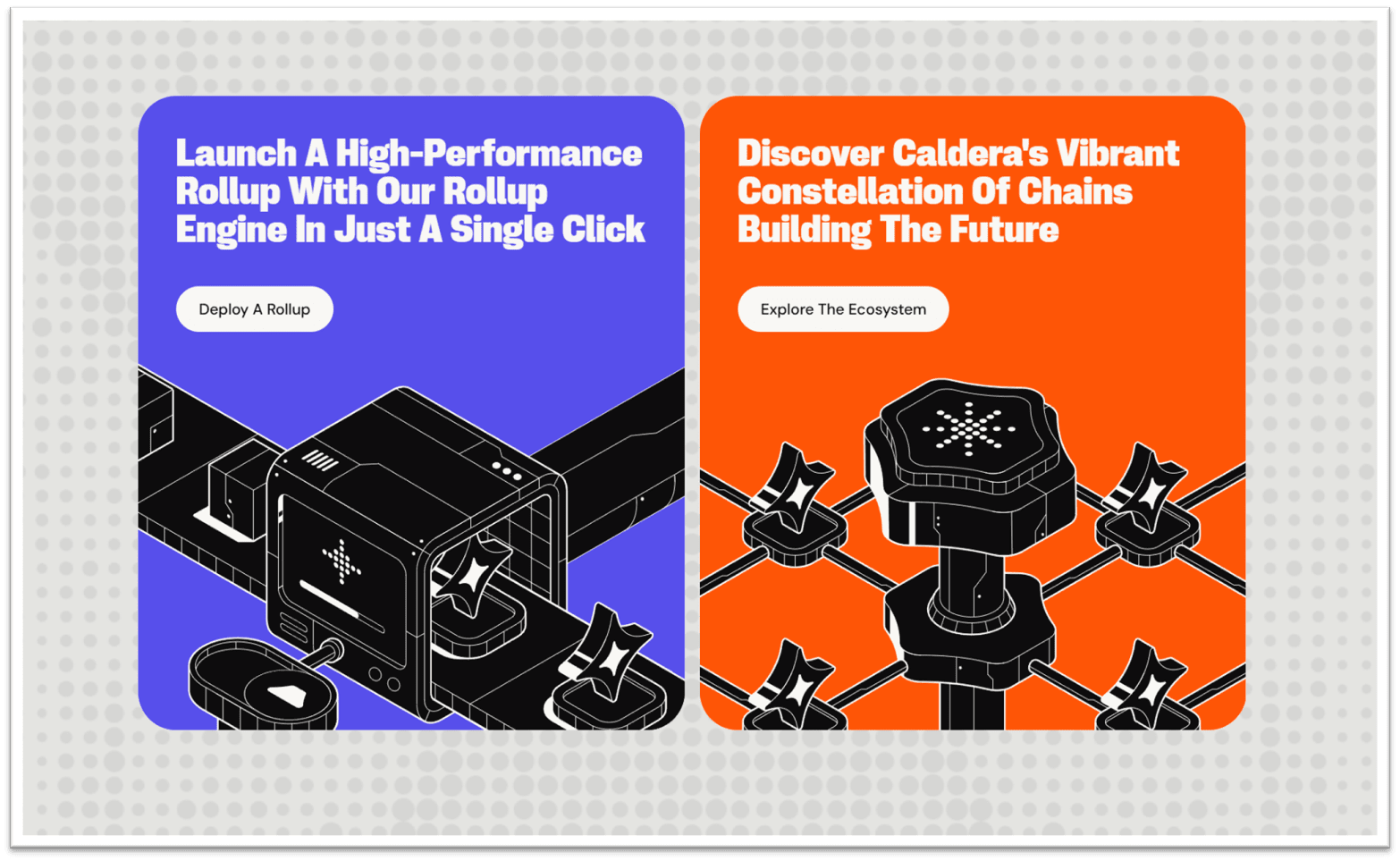
The origin and ecosystem overview of ERA 🌱
Everything starts with Caldera's Metalayer framework. This framework is Caldera's tool for cross-chain interoperability, specifically designed for rollups, allowing different chains to interact seamlessly. The ERA token is Caldera's native token, born within this ecosystem. Simply put, Caldera's goal is to break down blockchain silos, enabling developers to easily deploy new rollup chains or link existing ones into a larger network. ERA acts as fuel here: paying gas fees, participating in governance, and staking to earn rewards. The documentation mentions that it supports intent engines and messaging, helping you abstract complex operations. Imagine initiating a transaction on one chain and instantly executing it on another—ERA is the key! 🔑

Why is ERA so important? Because rollups are the future of Layer 2 scalability. The Ethereum mainnet is congested, and fees are high; rollups optimize efficiency by bundling transactions and executing off-chain. Caldera supports optimistic rollups like Arbitrum Nitro and zero-knowledge rollups like ZK Stack. The ERA token connects these rollups, forming an 'internet-like' ecosystem. When starting, you can deploy rollups on the testnet, select a native gas token (like ERA), set the chain ID and subdomain, and wrap it up in minutes. For the mainnet, you can reserve a demo, and Caldera will help brainstorm your project. Super convenient! 👍
Why invest in ERA? 💰
From an investment perspective, ERA is not a speculative coin but one with tangible utility. First, the benefits: running validators allows for staking, earning network rewards. The documentation analyzes that validators help maintain cross-chain security, with rewards tied to network activity. Compared to Ethereum, Caldera's rollup costs are 10-100 times lower, with block times as fast as 250ms. Shared liquidity integration is a highlight—ERA connects to a unified market, enhancing dApp efficiency. Think about the increasing number of cross-chain dApps; liquidity will be booming, naturally raising the demand for ERA. 😲
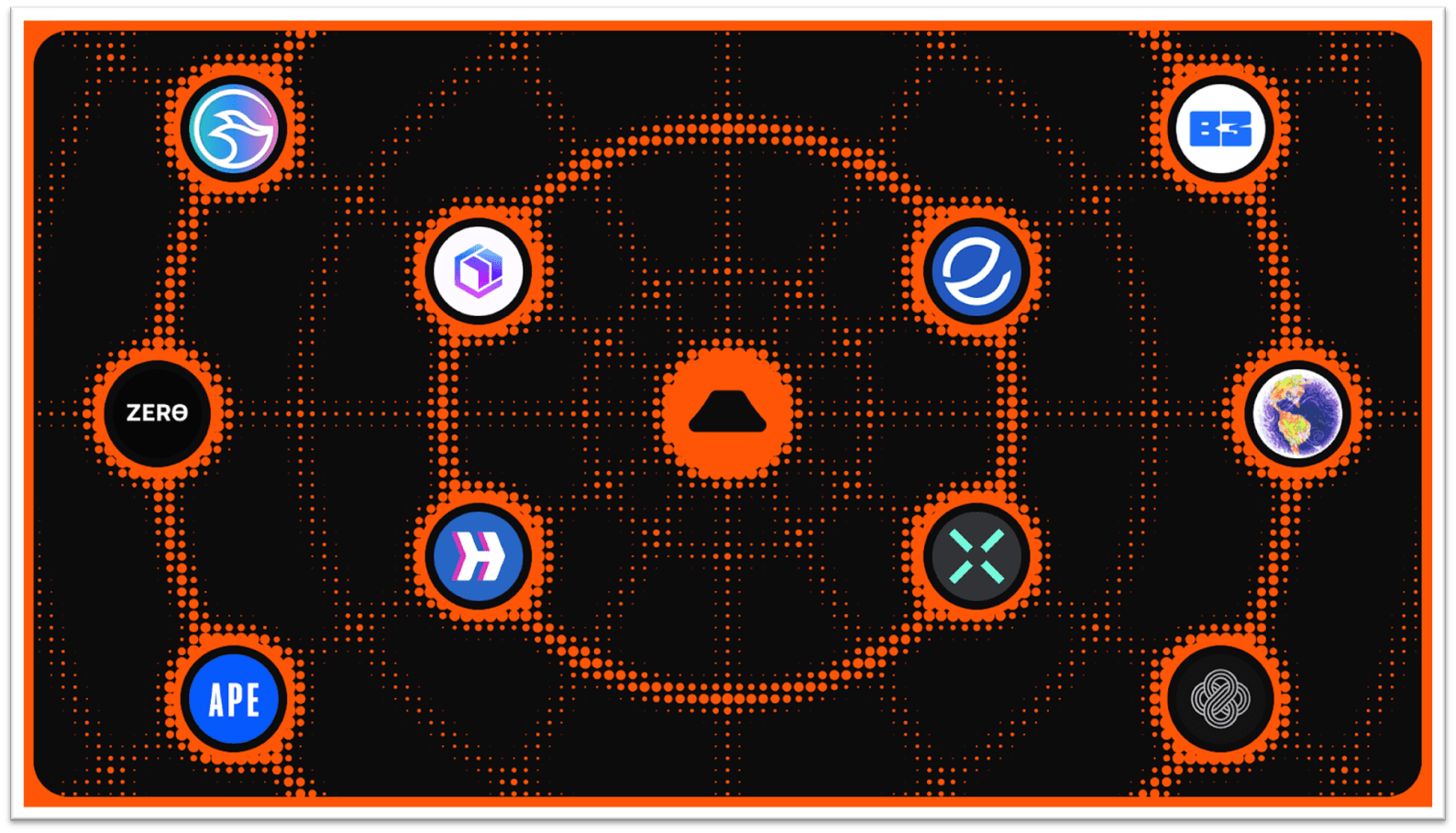
Let's talk about risks and opportunities. The blockchain world is highly volatile, but Caldera emphasizes reliability: 99.99% uptime SLA, infrastructure distributed across multiple AWS regions, and an L1 RPC fallback mechanism to prevent interruptions. In terms of security, multi-signature ownership protects contracts, with dual authorization for accessing the production environment. Audited rollup stacks like Optimism and Arbitrum safeguard billions of dollars in TVL. Investing in ERA is like betting on the future of modular blockchains. Don’t forget, it supports the .era domain identity system; claiming one allows participation in ecosystem governance. A potential stock! 📈
Detailed Explanation of the Metalayer Framework 🛠️
Metalayer is Caldera's ace in the hole, a cross-chain framework with the core being the intent engine and Hyperlane messaging. The intent engine simplifies operations: users say 'I want to transfer across chains,' and the system automatically optimizes the path and settlement. Hyperlane ensures secure message delivery, completing one-to-one or many-to-one reads in seconds. Partners such as Across, Eco, and Relay support intent bridging with low-latency settlements. 🔒
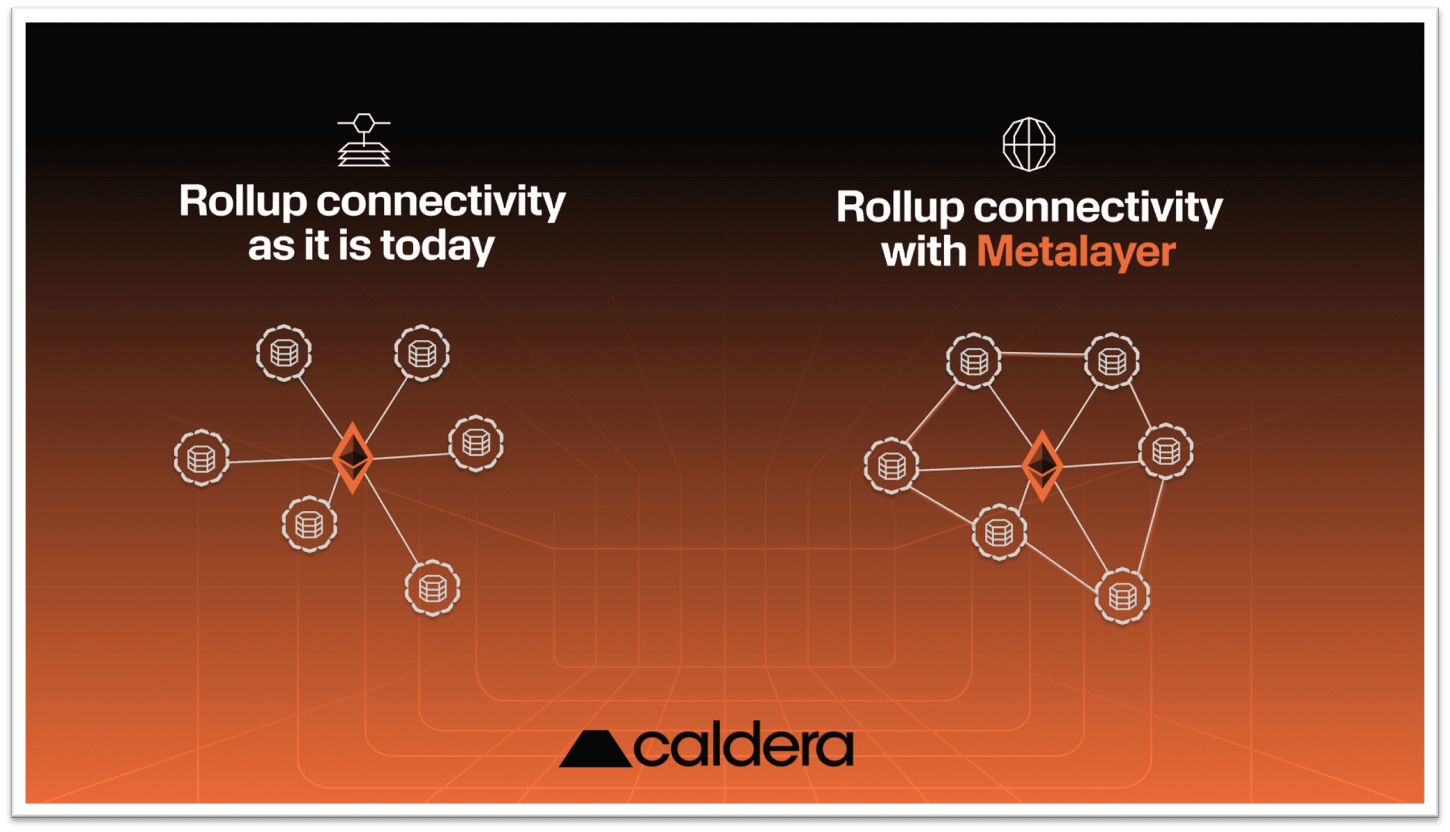
The system architecture diagram is super clear: source chain dispatches messages, relay network processes, target chain handles. The message components include target domain, recipient address, read/write data, and finality flag (relay only after source chain confirmation to avoid errors). ERA here abstracts gas payments—using the native coin of the source chain to pay the fees of the target chain, with ERA converting in the background. Cross-chain read/write practices: sending messages to execute functions or querying data from other chains. Chain identifiers are unique, ensuring no mix-ups. To put it professionally, this abstracts complexity, allowing developers to focus on core logic.
The role of ERA in cross-chain applications 🎯
The highlight of ERA is in cross-chain operations. Writing: executing functions across chains; Reading: querying data. The gas abstraction makes everything smooth. Shared liquidity integration allows applications to tap into larger pools, improving market efficiency. When building cross-chain dApps, use TypeScript SDK or Widget SDK for integration. The SDK includes React hooks, making it easy to embed bridging widgets in the front end. Documentation provides guides: protocol integration, .era domain application, and bridging UI operations (bridge.caldera.xyz). There are multiple ways to participate: bridging tokens, running validators, and engaging in Discord community discussions. A knowledge base supports answering common questions, and a dashboard manages rollups. Extremely user-friendly! 🛡️
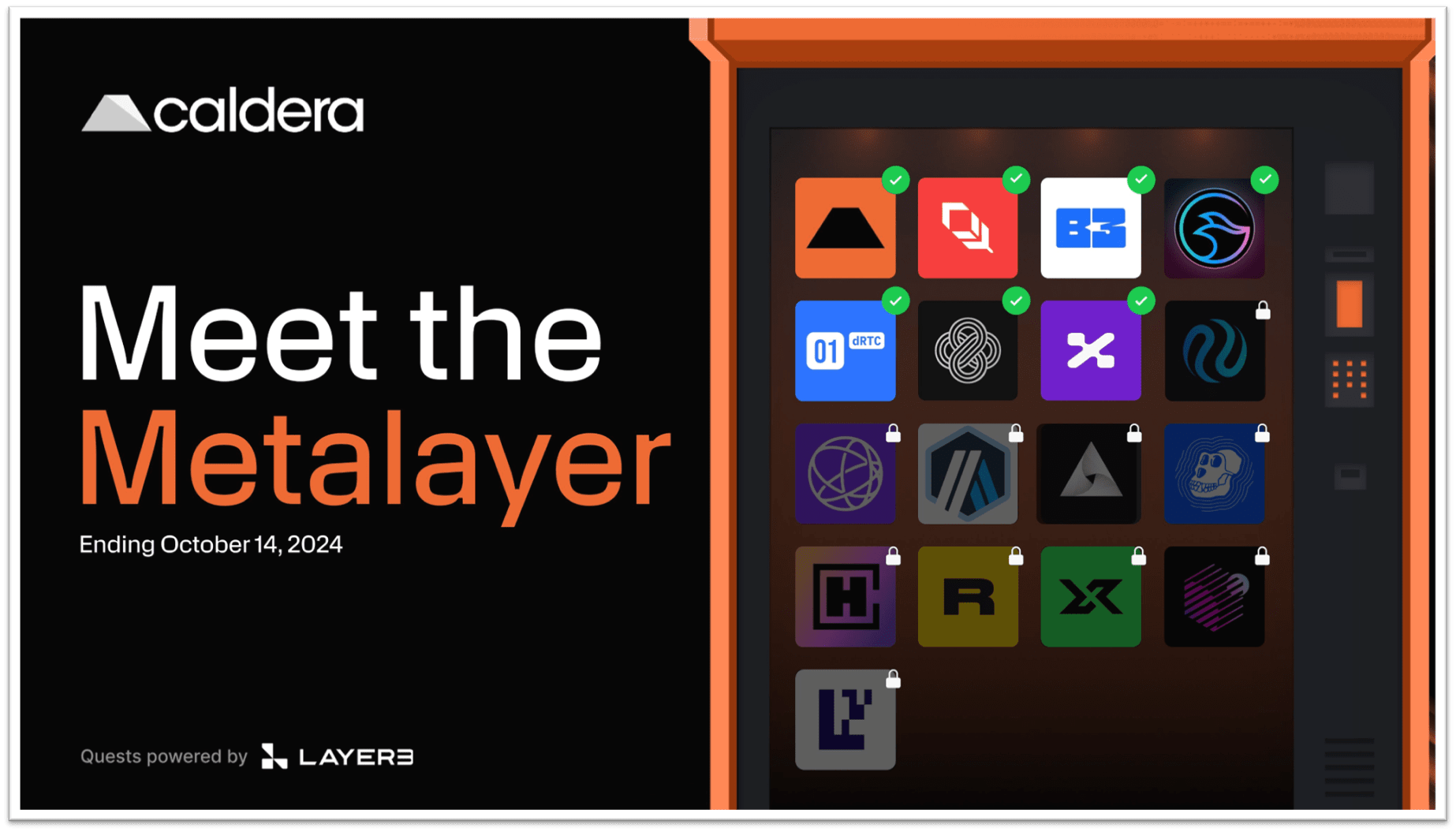
Taking deploying rollups as an example: Quick start for test network, authorization login, select framework (Arbitrum Nitro/OP Bedrock/ZK Stack), set native token ERA, click deploy. Mainnet reservation, Caldera helps integrate apps, migrating Ethereum projects in half an hour. Optimistic rollups use proof of fault to prevent malicious actions, while ZK uses validity proof for cryptographic security. AnyTrust optimizes data costs, and Stylus supports WASM contracts, reducing gas by 10 times. ERA transaction fees are lower than Ethereum, and Celestia DA further reduces costs. The native token advantage of rollups: customizable gas and enhanced economic models.
Developer tools and integration guides 📚
Developers have many benefits! Deploying contracts with Hardhat: create a project, install plugins, modify config to add Caldera RPC, private key in secrets.json, compile, then deploy. Foundry toolset: written in Rust, with forge init, build, create for deployment. Remix IDE online: change environment to Injected Web3, connect MetaMask with Caldera network parameters. All of these support ERA gas. Sample contract like HelloWorld, pragma 0.8.17. Installing dependencies like OpenZeppelin is super practical. 🔧
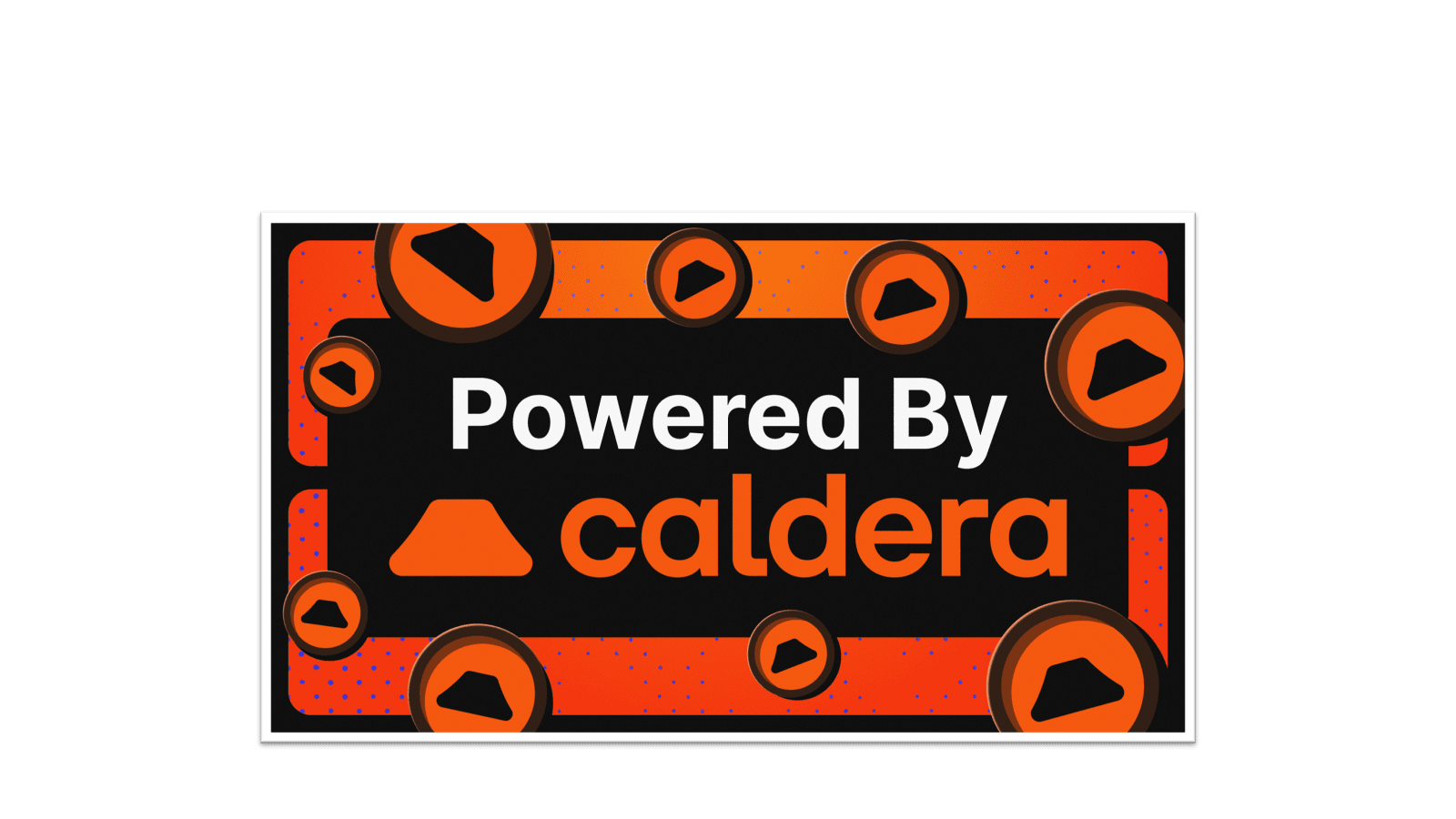
In terms of optimization: resilient infrastructure design, Kubernetes high availability, automatic failover, and scaling. A transparent status page monitors performance, responding to SLAs 24/7. Security audits on rollup stacks and multi-signature protection of funds. In summary, ERA simplifies development from complexity.
Future evolution and outlook 🔮
Looking forward to modular blockchains, the ERA token will become a key player. As the rollup internet evolves, Caldera promotes unified liquidity, low-latency settlements, and abstracts complexity. Intent bridging collaborations expand the ecosystem, making inter-chain communication more efficient. In the future, more dApps will use ERA, and cross-chain will become the norm. Don’t underestimate this little token; it may reshape the Layer 2 landscape. Join the Caldera ecosystem, starting from the testnet, and explore together! 🌟
In summary, ERA is not just a token but the invisible hero of the rollup world. Interested? Go try deploying on the dashboard. Have fun! 😊






